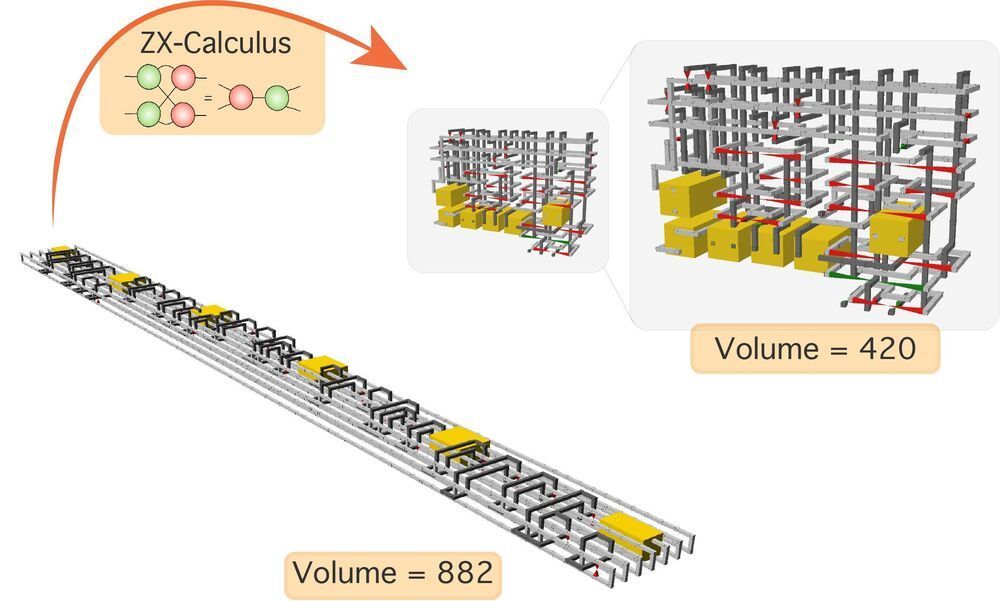A major technical challenge for any practical, real-world quantum computer comes from the need for a large number of physical qubits to deal with errors that accumulate during computation. Such quantum error correction is resource-intensive and computationally time-consuming. But researchers have found an effective software method that enables significant compression of quantum circuits, relaxing the demands placed on hardware development.
Quantum computers may still be far from a commercial reality, but what is termed ‘quantum advantage’—the ability of a quantum computer to compute hundreds or thousands of times faster than a classical computer-has indeed been achieved on what are called Noisy Intermediate-Scale Quantum (NISQ) devices in early proof-of-principle experiments.
Unfortunately, NISQ devices are still prone to lots of errors that accumulate during their operation. For there to be any real-world application of quantum advantage, the design of a fully operational large-scale quantum computer with high error tolerance is required. Currently, NISQ devices can be engineered with approximately 100 qubits, but fault-tolerant computers would need millions of physical qubits at the very least to encode the logical information with sufficiently low error rates. A fault-tolerant implementation of quantum computational circuits not only makes the quantum computer larger, but also the runtime longer by orders of magnitude. An extended runtime itself in turn means the computation is even more susceptible to errors.
